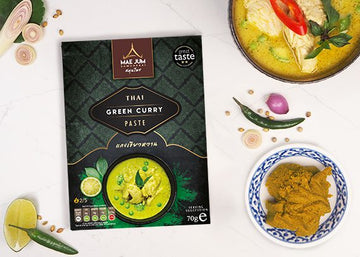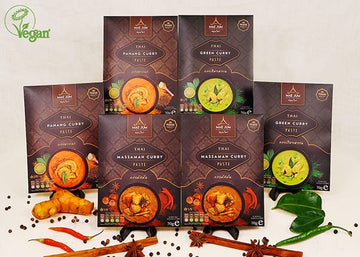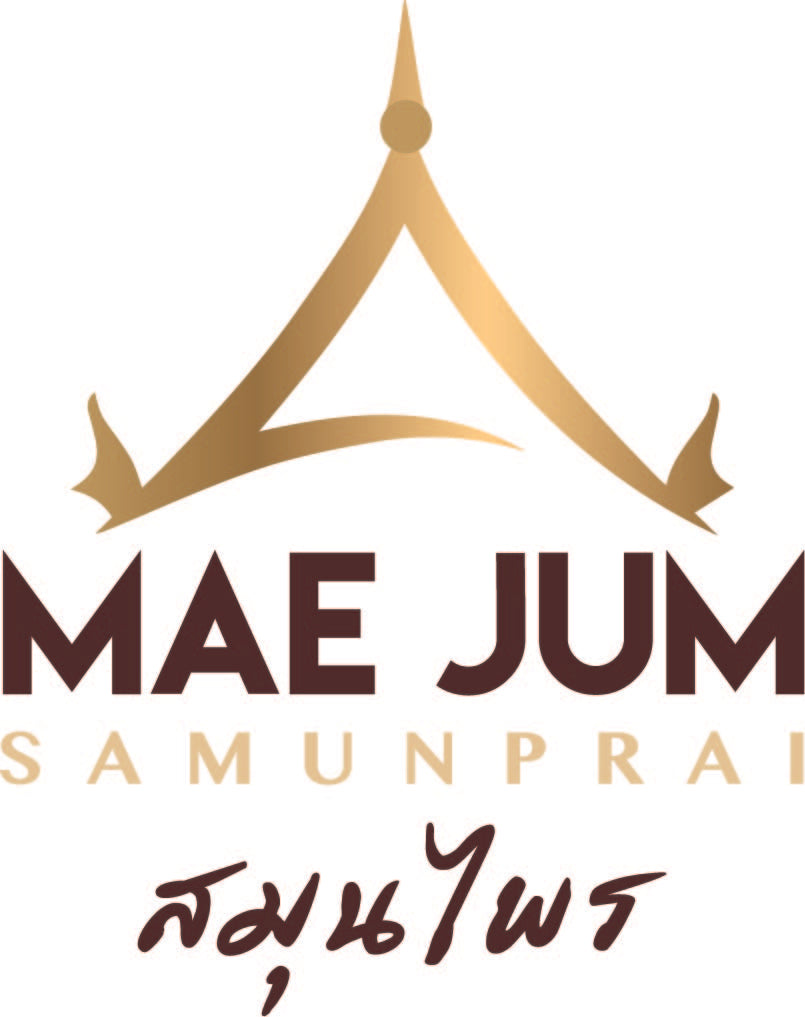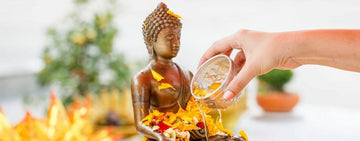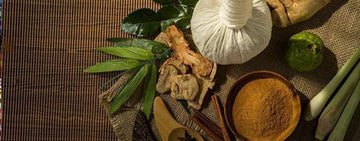Imagine the blazing April sun in Thailand. The air shimmers with heat, yet laughter echoes through the streets as people—young and old—splash water with joyous abandon. Welcome to Songkran, Thailand’s most beloved celebration of renewal, community, and cultural pride.
A Festival Rooted in Ancient Rituals
Songkran (สงกรานต์), derived from the Sanskrit word saṅkrānti, means “astrological passage” or “the passing of”. It marks the traditional Thai New Year, typically celebrated from 13th to 15th April. Before Thailand adopted the Gregorian calendar in 1940, this was the official start of the year—ushering in a time of reflection, cleansing, and blessings.
At its heart, Songkran is a deeply spiritual festival, rooted in Buddhist and Brahmin traditions. It’s a time to honour ancestors, visit temples, and seek blessings for the year ahead. While tourists may be most familiar with the exuberant water fights, Songkran's soul lies in the quieter, more symbolic acts of washing away the old and welcoming the new.
The Symbolism of Water: More Than a Splash
Water is the most iconic element of Songkran, and with good reason. In Thai culture, water symbolises purification and renewal. Traditionally, scented water infused with herbs or flower petals (often jasmine or marigold) was used to clean Buddha statues and sprinkle on the hands of elders for good luck.
Over the years, this evolved into the thrilling nationwide water battles we see today—but the essence remains the same: a fresh start, a joyful cleansing of the spirit, and a celebration of life.

Songkran Traditions: Then and Now
1. Making Merit at Temples
Mornings during Songkran are typically reserved for visiting temples, where people make merit by offering food to monks, pouring water over Buddha images and statures, and building small sand pagodas in temple courtyards—representing the return of soil accidentally taken from temple grounds over the year.
Insert image of a golden Buddha being respectfully washed with scented water
2. Family Gatherings and Ancestral Respect
Family plays a central role in Songkran. Many Thais return to their hometowns to spend time with loved ones. A cherished custom is paying respect to elders through Rod Nam Dam Hua, where younger generations pour scented water over the hands of parents and grandparents while offering well wishes.
3. The Water Fights: Modern Revelry
Of course, modern Songkran is known worldwide for its epic water battles. In cities like Chiang Mai, Bangkok, and Phuket, the streets become joyful battlegrounds with water guns, hoses, and buckets.
Even as a seasoned traveller, nothing quite prepared me for my first full-on Songkran in Chiang Mai. I was soaked to the skin within five minutes—but also laughing like a child. Locals and tourists, strangers and friends, all united in joyful chaos. It’s a reminder that joy can be a spiritual act, too.

Traditional Dishes of Songkran
Songkran is as much a culinary celebration as it is spiritual and social. Here are a few beloved dishes often shared during the holiday:
-
Khao Chae – A refreshing summer dish of jasmine rice soaked in scented iced water, served with savoury accompaniments. Delicate, cooling, and perfect for April heat.
-
Som Tum – Green papaya salad that brings the heat and zing to any family table.
-
Pla Tod Nam Pla – Crispy fried fish glazed with fish sauce, often served with mango or green apple salad.
-
Gaeng Keow Wan – Green curry made with Thai eggplant and chicken, full of fragrant herbs. Try it with Mae Jum’s green curry paste for an authentic flavour experience.
Explore Mae Jum’s full range of curry pastes to cook your own Songkran feast
Dress, Dance, and Decor
Traditional Thai Dress and Flowers
During Songkran, many people wear bright, floral shirts or traditional Thai outfits. Floral patterns symbolise new beginnings and festive cheer. Homes and temples are decorated with fresh flowers, banana leaves, and colourful flags.
Ram Wong: The Dance of Togetherness
At community events, people gather to dance the Ram Wong, a traditional Thai folk dance performed in a circle. It's gentle, rhythmic, and welcoming—encouraging participation from all ages.
Travel Tips: Experiencing Songkran as a Visitor
Thinking of experiencing Songkran in Thailand? Here are a few tips:
-
Protect your belongings – Waterproof bags are essential!
-
Dress respectfully – Swimwear is a no-no; opt for modest, lightweight clothes.
-
Mind your manners – Don’t throw water at monks, elders, or babies.
-
Join respectfully – Embrace the fun, but understand the cultural roots.
Many hotels offer Songkran packages that include temple visits, traditional meals, and even cooking classes. It's a great way to see both sides of the festival—the spiritual and the celebratory.
A Celebration of Heart and Harmony
While the water fights are thrilling and the food unforgettable, what truly makes Songkran special is its spirit of togetherness. It's a time when Thai people reconnect—with their families, their communities, and their cultural roots. As an outsider welcomed into these moments, I always felt a deep sense of gratitude. Songkran teaches us that joy, respect, and renewal can go hand in hand.

Continue Your Thai Journey with Mae Jum
Inspired to celebrate Songkran at home? Bring Thailand’s flavours to your kitchen with Mae Jum’s authentic Thai curry pastes. Whether it’s a gentle green curry or a fiery Southern dish, there’s a recipe for every palate.
👉 Explore Mae Jum’s full collection of Thai recipes
